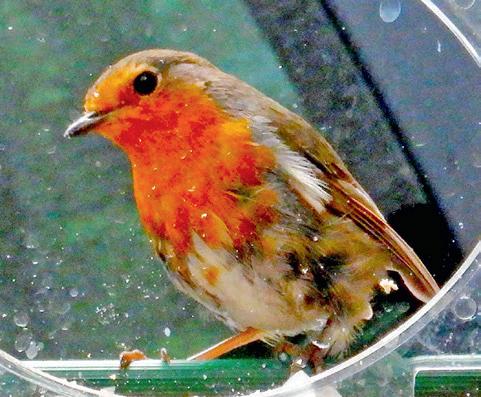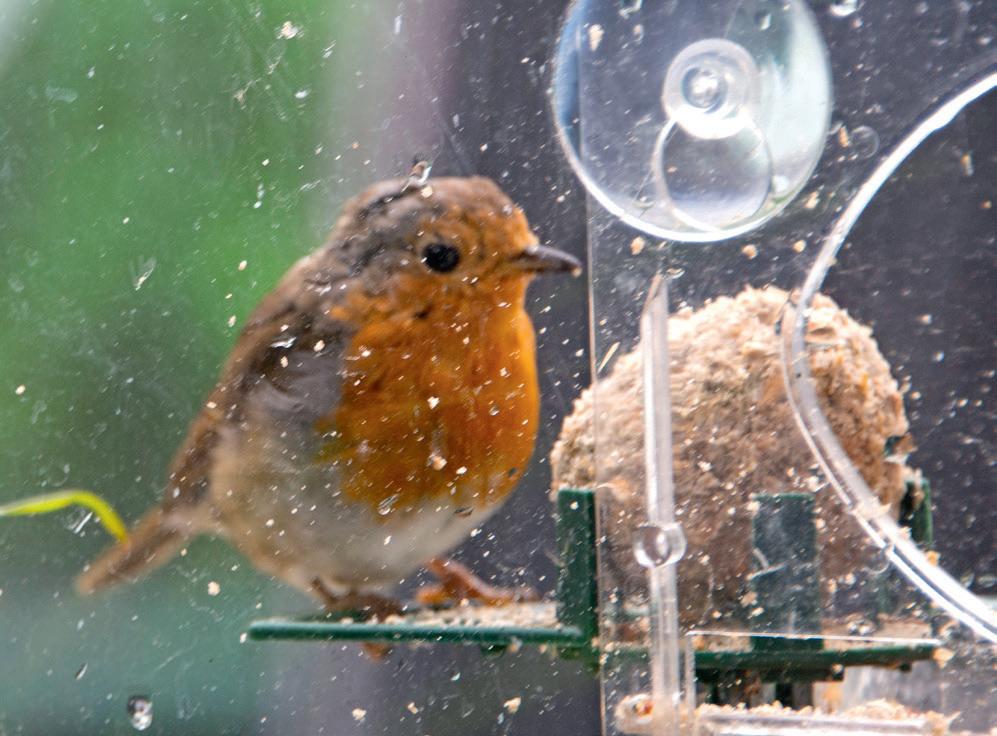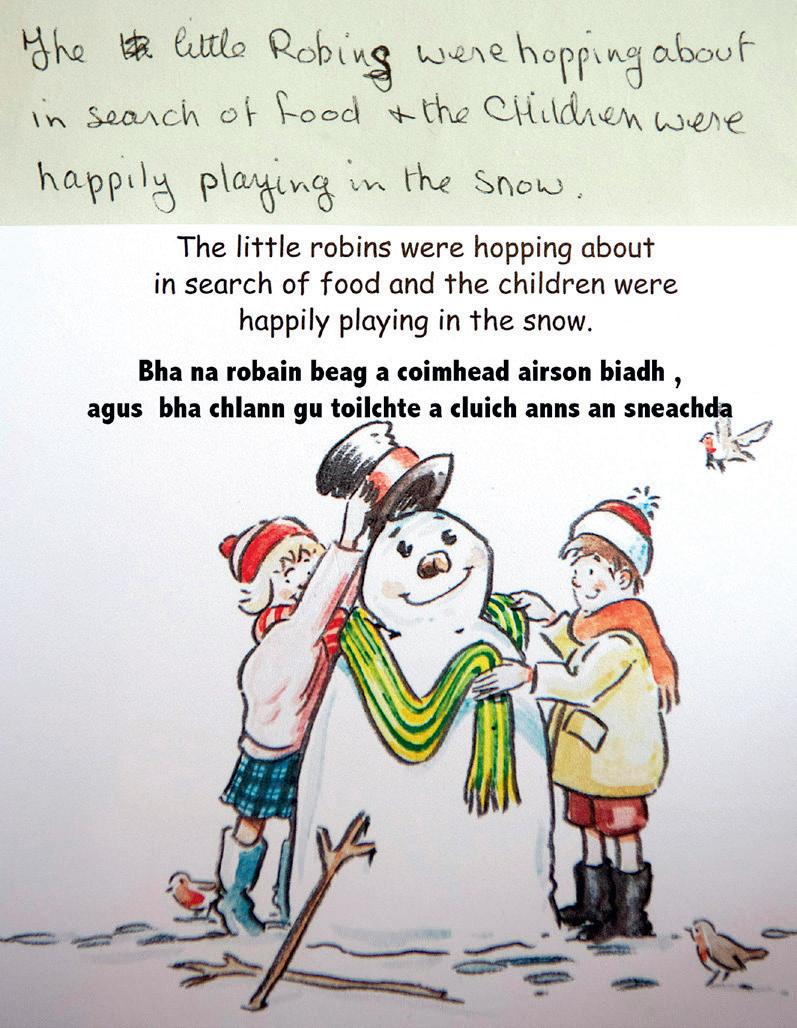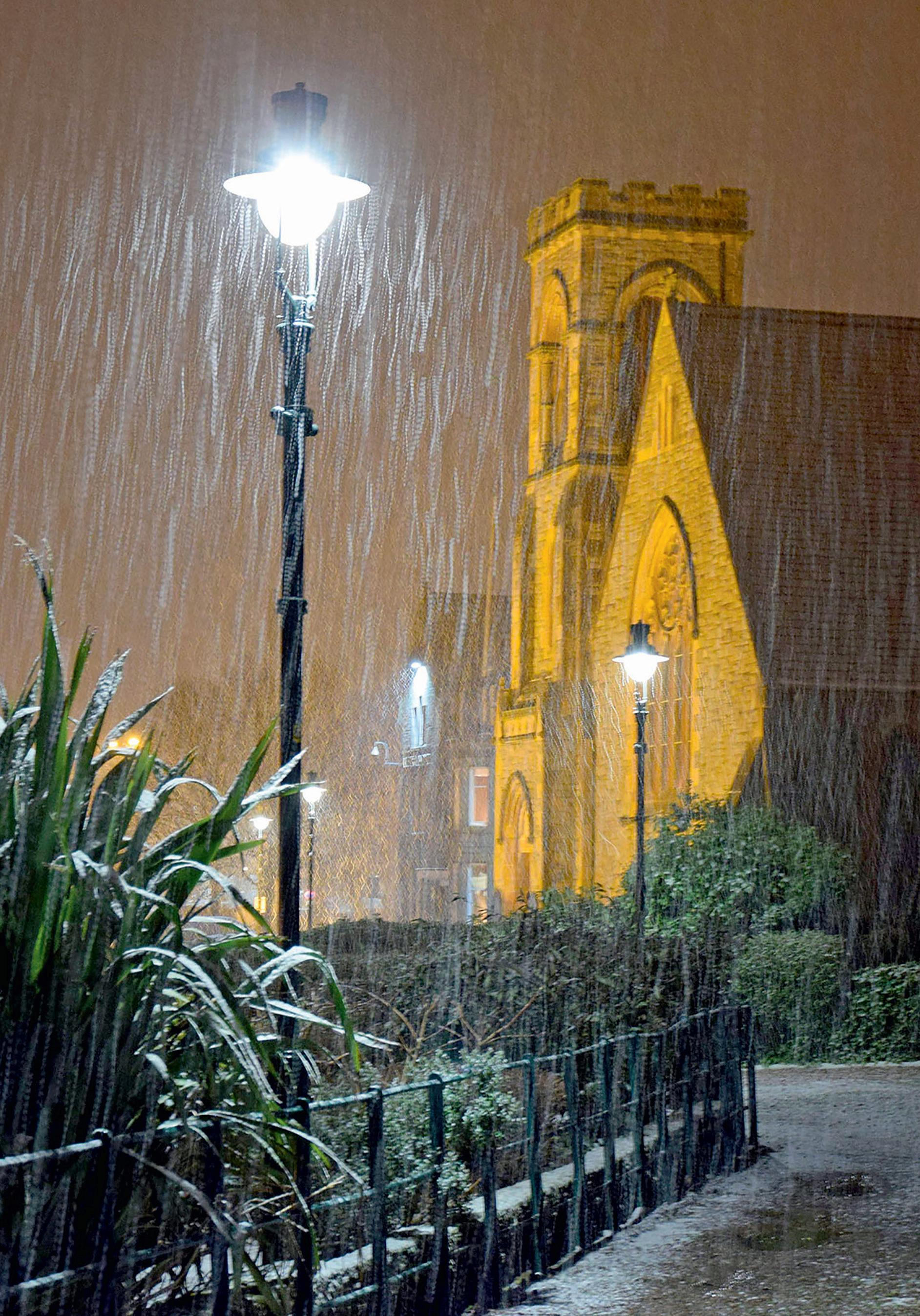
2 minute read
Robins’ progress
ROBIN’S PROGRESS
Iain Ferguson For many of us the Robin (Redbreast) is a Christmas bird which appears on greetings cards, wrapping or even as a fluffy ornament on the festive tree or Yule Log.
Advertisement
Those with a garden, however, may notice them hopping about right through the year.
This year, at least around my garden, it seems to have been a particularly good year for Robins, with more babies than ever before making an appearance. Oddly enough, nesting co-incided with the start of lockdown in March, after courting to find the perfect partner began in January.
You may be surprised to know the Robin nests either on or very close to the ground in a hidden, but open fronted location. According to the Royal Society for the Protection of Birds, they are also noted for nesting in
unusual locations such as car bonnets, hanging baskets or coat pockets.
Robins have at least two broods, sometimes three, with up to six eggs each time, although their mortality is thought to be around 57 per cent. The eggs are incubated for 13 days and the young hatch naked with the first growth of feathers after about three days.
Around two weeks after hatching, they are ready to fledge and from this point become visible as they venture out. However, they do not emerge as the ‘complete’ little Robins, but are mottled brown, often with juvenile tufts of fluff.
As with many youngsters, for a time they are less wary of the world around them and ‘our’ brood were no different, quickly


learning to join in with the other birds eating in the garden. They even happily hopped onto the feeder mounted on the kitchen window, perhaps learning that from their parents, but instead of flying off at the least movement behind the glass, quite happily sat just inches away pecking at seeds and fat balls allowing us a close up view of their plumage through the transition from fledgling to adult.
What a great experience of such beautiful little birds.
M & L PAINTERS * All types of UPVc work * Exterior Painting * Cladding * Gutterings * Down Pipes * Windows and
Eaves * Facias and Soffits Tel 01397 712120 or 0755 311 1093












